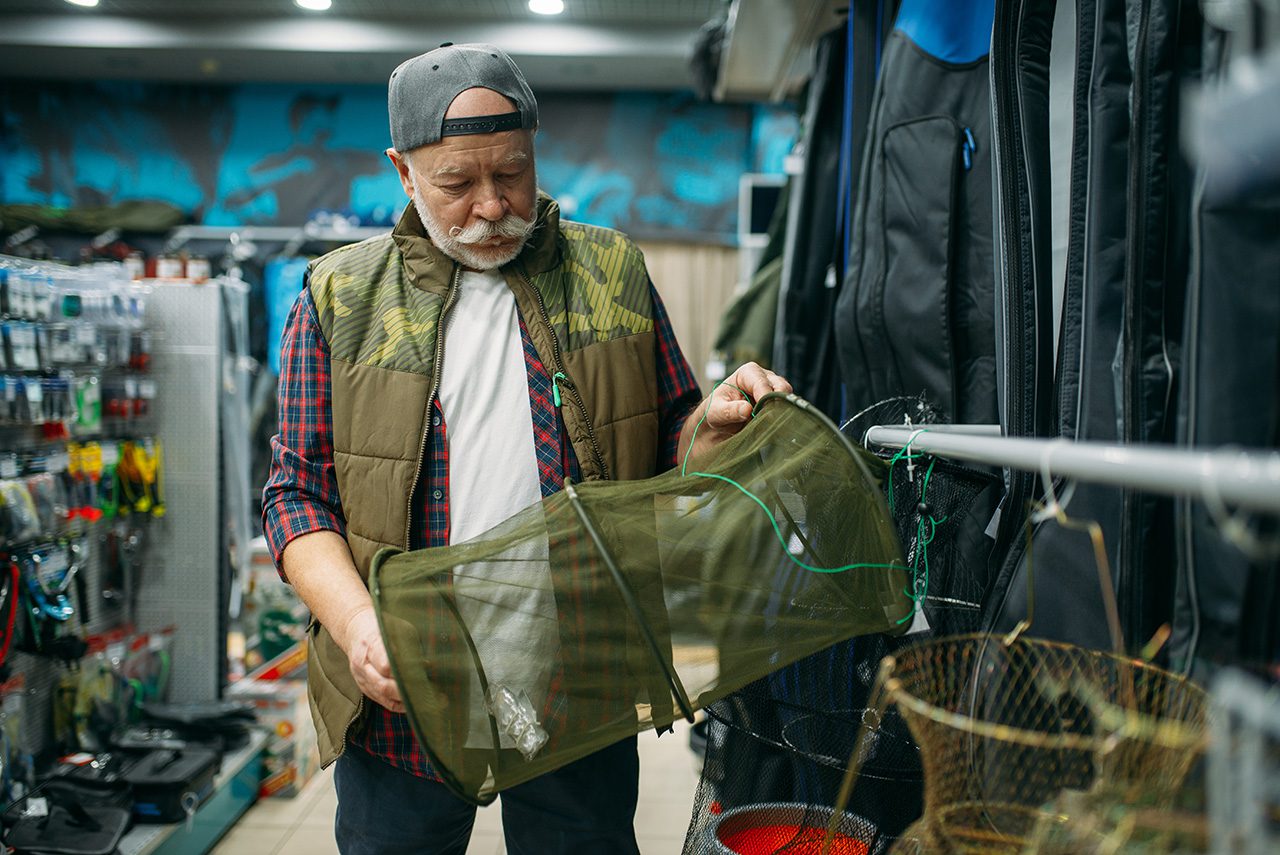In the fast-paced world of retail—especially in the sporting goods space—your employees are more than just staff. They’re the face of your brand, the front line of customer service, and often the difference between a one-time shopper and a lifelong customer.
Whether your store sells hunting gear, fishing tackle, or athletic apparel, training your team isn’t a “nice to have”—it’s a must. And the good news? You don’t need a corporate budget or fancy systems to make big improvements.
In this article, we’ll break down the why, what, and how of training your retail staff to boost sales, improve customer satisfaction, and create a stronger store culture.
Why Staff Training Matters
You wouldn’t sell a fishing rod to someone who’s never fished, right? So why let an employee sell gear they don’t understand?
Here’s what strong training leads to:
- Increased Sales: Staff who understand your products can upsell, cross-sell, and confidently make recommendations.
- Improved Customer Experience: Knowledgeable and friendly staff build trust—and trust builds loyalty.
- Fewer Mistakes: From inventory handling to customer returns, trained staff make fewer costly errors.
- Lower Turnover: Employees who feel supported and skilled are more likely to stick around.
Training doesn’t just benefit the customer—it protects your bottom line.
What Your Staff Needs to Know
Training should go beyond showing someone how to work the register. Here are key areas to focus on:
1. Product Knowledge
Employees should know what makes one product different from another. This is especially important in sporting goods, where small features can mean big performance gains.
Tips:
- Train staff on best-sellers and seasonal gear.
- Let them try out products when possible (demo days work wonders).
- Provide quick reference guides they can review during downtime.
2. Customer Interaction
Even if a staff member isn’t a seasoned hunter or athlete, they can still offer value with the right communication.
Teach them to:
- Greet every customer with eye contact and a smile.
- Ask open-ended questions like, “What kind of hunting do you do?” or “What sport is your kid playing this season?”
- Know when to assist and when to give space.
3. Point of Sale and Store Systems
Make sure your team is confident using your POS system, looking up inventory, applying discounts, and handling returns. A smooth checkout experience leaves a lasting impression.
4. Brand and Store Values
Don’t overlook the importance of culture. Share your store’s story—why you do what you do—and help staff take pride in being part of something more than just retail.
How to Build a Simple but Effective Training Plan
Training doesn’t have to be overwhelming. Keep it clear, repeatable, and actionable.
Step 1: Create a Quick Start Guide
Develop a one-page “Day 1” checklist that includes:
- Store layout and key sections
- Greeting and customer service basics
- Safety and emergency procedures
Step 2: Schedule Weekly Micro-Trainings
Dedicate 15 minutes once a week to product overviews, policy updates, or quick role-play scenarios. These micro-trainings keep skills fresh and build team confidence.
Step 3: Assign a Mentor
Pair new hires with seasoned employees. This builds camaraderie and gives the new team member someone to turn to with questions.
Step 4: Recognize Growth
Celebrate small wins. Did someone upsell their first premium rod and reel combo? Acknowledge it in front of the team. Positive reinforcement drives engagement.
Final Thoughts: Staff Training Is Brand Training
In retail, your people are your brand. A sharp-looking store and great products won’t matter if the person behind the counter can’t answer questions or seems uninterested in helping.
By investing a little time and effort into training your staff, you create a stronger, more profitable business—one that customers enjoy coming back to and employees feel proud to represent.
The best part? Every small improvement adds up. Start simple, stay consistent, and watch your staff—and your sales—grow.


 Previous Article
Previous Article